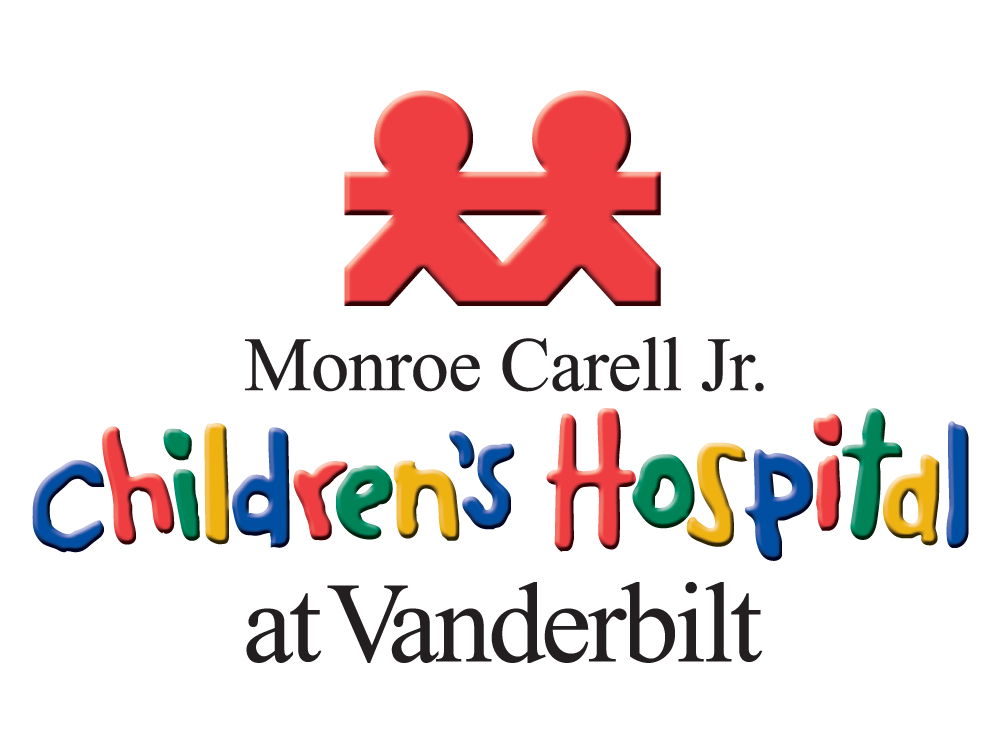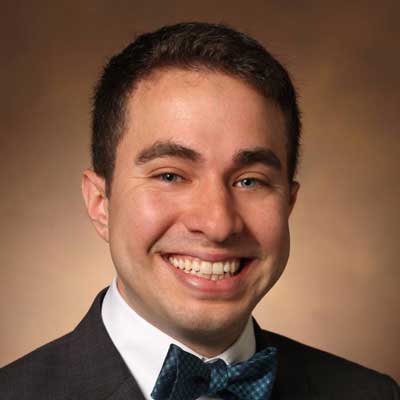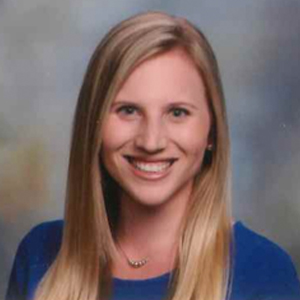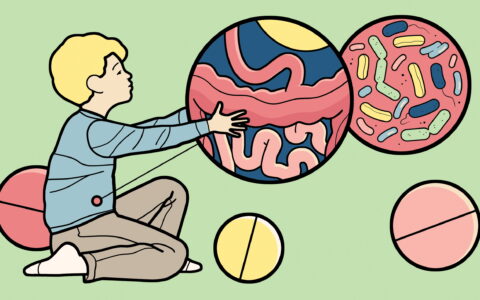Studies of pediatric emergency medicine show that approximately one-third of parents do not fill their children’s prescriptions after leaving the pediatric ED. An on-site outpatient pharmacy (OOP) is shown to increase fulfillment rates and prescription adherence.
To improve service for patients, a team of researchers at Monroe Carell Jr. Children’s Hospital at Vanderbilt launched a pilot program to increase ED prescription adherence through its pediatric OOP.
“When a child is prescribed antibiotics for infection, corticosteroids for asthma or seizure medication, non-adherence can lead to serious health consequences and land them right back in the ED,” said Barron Frazier, M.D., a fellow in pediatric emergency medicine and one of the leaders on the quality improvement program. “We want them to have every opportunity to get better.”
Access to care can be a significant barrier to prescription compliance. Research shows low-income and racial or ethnic minority patients are less likely to follow discharge instructions.
“Patients may not fill their prescriptions if there is limited access to an outside pharmacy, and this contributes to a delay or absence of treatment due to pharmacy access or transportation issues,” said Cristina Estrada, M.D., division chief of Pediatric Emergency Medicine at Vanderbilt.
“One way to improve a patient’s pediatric ED experience and care is to provide patients with the option of filling medications at their point of care. This seemed especially important since the closest local pharmacy that is open after hours is 25 miles away.”
Determining Key Drivers
A team of pediatric emergency medicine providers and pharmacists was formed in early July 2021 to develop and implement a quality improvement process. To analyze the key drivers of demand at Children’s Hospital’s OOP, retrospective baseline data was obtained from January 2019–June 2021, showing that 5.8 percent of patients used the onsite pharmacy.
The one-year pilot’s aim was to increase from 5.8 percent to 70 percent the portion of pediatric ED discharge prescriptions sent to the OOP during open hours. The first step was to expand pharmacy hours to seven days per week, 7:00 a.m. to 11:00 p.m.
“Some of the key motivators to initiating this pilot were the potential risks of filling prescriptions outside of Vanderbilt,” Estrada said. “These include issues with insurance coverage or prior authorization, a lack of familiarity at other pharmacies with our chronic patients and lack of access to our EHR and the limited availability of pediatric dosage forms.”
Early Prescribing Success
The team has followed the data prospectively in weekly reports, the primary outcome being the percentage of prescriptions sent to the on-site outpatient pharmacy from the pediatric ED during open pharmacy hours. Use of printed prescriptions, as well as unfulfilled prescriptions are monitored.
“One way to improve a patient’s pediatric ED experience and care is to provide patients with the option of filling medications at their point of care.”
With expanded pharmacy hours and efforts to increase pharmacy hours awareness among ED physicians, a shift to 49.7 percent of prescriptions sent to OOP occurred by the end of August 2021. Other interventions – setting the OOP pharmacy as the preferred pharmacy in the EHR for all pediatric ED visits, providing a map to the pharmacy as part of the After Visit Summary and enrollment of pediatric emergency medicine fellows as project champions – led to a shift to 63.6 percent.
“We also increased hospital signage to the pharmacy, including directions in English, Spanish and Arabic,” said Claci Ayers, M.D., a fellow in pediatric emergency medicine and one of the leaders on the study. “It’s a holistic program that has required the collaboration of several departments.”
Another shift – to 71.1 percent – occurred as sending electronic prescriptions to the OOP pharmacy became standard practice among ED providers. Printed prescription rates decreased from 42.8 percent to 6.2 percent. As the percentage of prescriptions sent to the pharmacy has significantly increased, unfilled prescriptions have remained unchanged.
Staff and Patient Benefits
Both pharmacy and ED staff feel better supported and more efficient due to improvements in communication, Frazier noted. The increase in volume has provided the financial support to maintain expanded pharmacy hours and to add additional pharmacy support staff in the PED.
“This team should be recognized for their teamwork, collaboration, flexibility and, most importantly, their commitment to improving patient care,” Frazier said. “Overall, this program has been a tremendous win for our patients and their families.”







